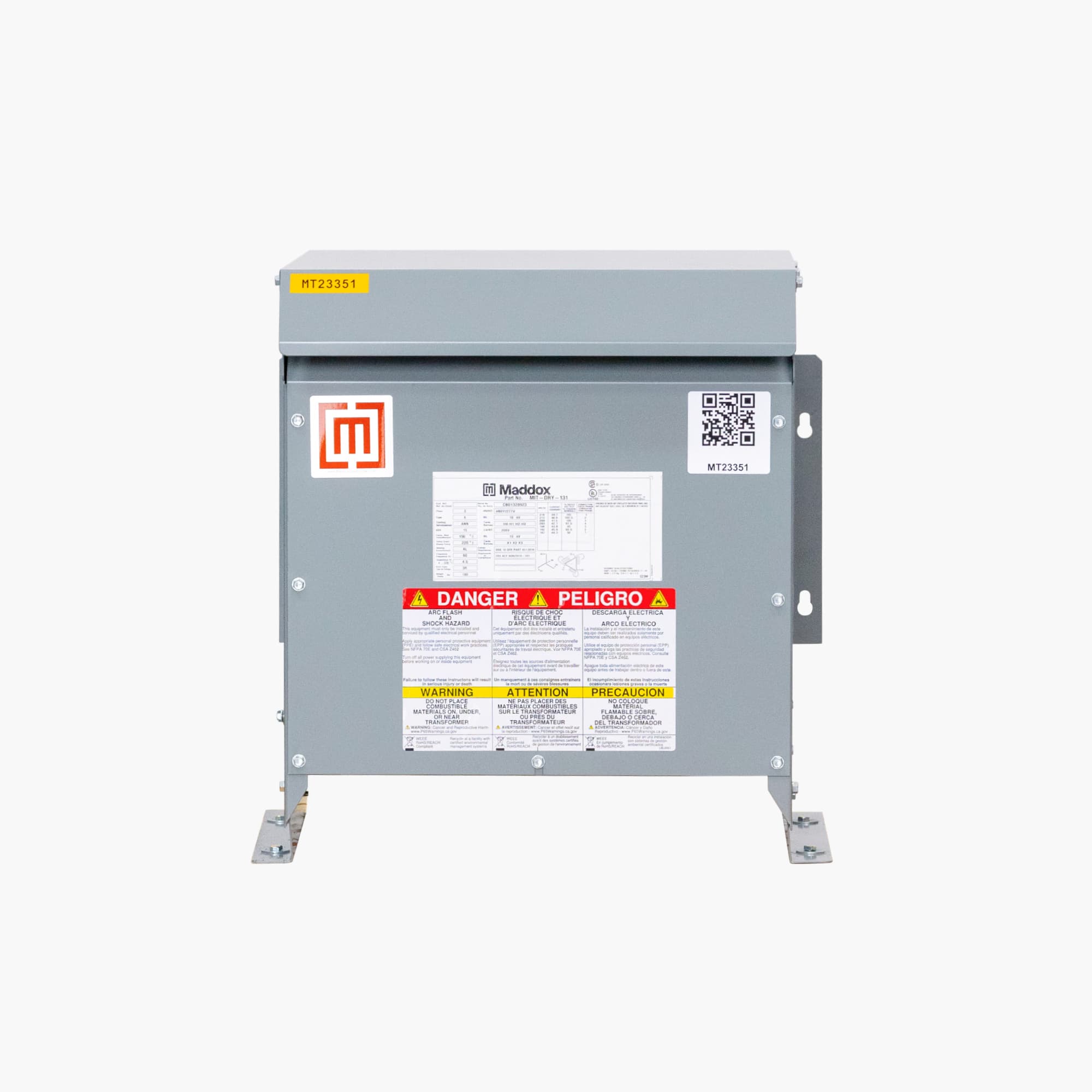FJE
Member
- Location
- Carrollton, Ohio
- Occupation
- Electrical equipment sales
I have a customer (family) that operates a large (for eastern Ohio) farm. They presently have a 400A 240/120V Delta service that feeds the grain handling system, equipment shop, and three residences, along with a retail shop. Of course, the residences and retail shop are fed single phase 240/120V from the A and C phases. The maintenance shop utilizes 120V lighting and receptacles fed from A and C phases. The utility (AEP) supplies the service with two 25kva and one 37.5kva pole mounted oil filled single phase transformers with the neutral connected to the 37.5kva unit.
They are in the process of building a new grain handling system. The added load will be too large to feed from the existing service. In addition, they are installing a solar array on the shop roof. AEP will not connect to a Delta solar system so they are going to install a 400A 480/277V Wye service. The new grain handling system will run on 480V and the solar inverter will have a 480 Wye output to feed back into the grid.
My question is how do we re-feed the existing 240/120V Delta system? We cannot change it to 208/120V Wye because many of the old motors on the existing grain handling system would not work properly on 208V. My idea is to install three single phase dry transformers in a Delta-Delta configuration. The center transformer would be larger and the neutral would be connected to the X2 & X3 terminals on it. The neutral would then be bonded as required for a separately derived system. A, B, and C phases would be connected as usual.
I have seen a similar installation once before in an industrial plant with a 480 corner grounded Delta system. They wanted to feed a 240/120V three phase panelboard for the office. They came off the 480V buss duct and fed three single phase transformers in a Delta configuration. They pulled the neutral off the X2 & X3 of the center transformer and fed the panel. They pulled all the 120V loads from A & C phases. This installation has been in place for over 50 years and is still working fine.
Would my idea for the farm service work, would it meet NEC, and would it be safe? If not, why not? I am not assuming anything here, simply asking for input. Thank you for your time.
They are in the process of building a new grain handling system. The added load will be too large to feed from the existing service. In addition, they are installing a solar array on the shop roof. AEP will not connect to a Delta solar system so they are going to install a 400A 480/277V Wye service. The new grain handling system will run on 480V and the solar inverter will have a 480 Wye output to feed back into the grid.
My question is how do we re-feed the existing 240/120V Delta system? We cannot change it to 208/120V Wye because many of the old motors on the existing grain handling system would not work properly on 208V. My idea is to install three single phase dry transformers in a Delta-Delta configuration. The center transformer would be larger and the neutral would be connected to the X2 & X3 terminals on it. The neutral would then be bonded as required for a separately derived system. A, B, and C phases would be connected as usual.
I have seen a similar installation once before in an industrial plant with a 480 corner grounded Delta system. They wanted to feed a 240/120V three phase panelboard for the office. They came off the 480V buss duct and fed three single phase transformers in a Delta configuration. They pulled the neutral off the X2 & X3 of the center transformer and fed the panel. They pulled all the 120V loads from A & C phases. This installation has been in place for over 50 years and is still working fine.
Would my idea for the farm service work, would it meet NEC, and would it be safe? If not, why not? I am not assuming anything here, simply asking for input. Thank you for your time.


